When I first started looking into inventory management software, I had one main question: how much is this going to cost me?
There’s a ton of noise out there, and while most platforms talk about features, they don't make the cost side of things easy to understand.
So I wrote this guide for retailers, point of sale users, and store owners who need real clarity on what inventory software costs, what drives the price up, and how to avoid getting locked into something that doesn't scale with your store.
Let’s break it down.
Why Inventory Management Software Matters for Retail and POS
As someone who’s run both ecommerce and physical retail setups, I’ve seen firsthand what poor inventory control can do.
Stockouts, double orders, manual errors—it all adds up to lost sales and frustrated customers.
That’s where inventory software fits in. It connects your POS with your stock levels, tracks what’s moving, what’s stuck, and what needs reordering—ideally without needing a spreadsheet or a full-time admin.
Common Retail Pain Points Inventory Software Solves:
- Overselling products you don’t have in stock
- Losing track of stock between warehouse and store
- Manual order processing slowing things down
- No real-time visibility into what’s selling
- Messy purchase order tracking
Key Benefits of Using the Right Software:
- Real-time stock syncing across all channels
- Auto-reordering when levels hit a threshold
- Analytics to track top sellers and dead stock
- Mobile access for warehouse or store staff
- Fewer errors in order fulfillment and returns
But here’s the thing—not all inventory systems are priced the same, and cost doesn’t always equal quality.
Let’s get into the actual numbers.
Understanding the Core Pricing Models
When you look at inventory software pricing, it generally falls into four main categories.
Each one fits a different type of retail business and comes with its own trade-offs.
| Pricing Model | Description | Typical Cost (USD) |
|---|---|---|
| Monthly Subscription | Most common. Billed per month, often per user or register. | $39–$299/month |
| One-Time License | You pay upfront, own it forever (rare now). | $500–$5,000+ one-time |
| Free Plans | Limited features. Usually capped users, orders, or SKUs. | $0 (with paid upgrade) |
| Custom/Enterprise | For large chains. Price based on features, stores, users, and SKUs. | $500–$3,000+/month |
Monthly Subscription (SaaS)
Most platforms use a SaaS (software as a service) model. You pay a monthly fee and access the software online.
- Ideal for: Small to medium retailers
- Pros: Low upfront cost, updates included, scalable
- Cons: Can get expensive as you grow, may require long-term contracts
This model is the most flexible for businesses that are evolving. Whether you're expanding your SKU count or adding team members, subscription platforms usually let you upgrade your plan on the fly, which can be a huge benefit if you're scaling quickly.
One-Time License
These are older systems, often installed on a local server or desktop. You pay once, and it's yours.
- Ideal for: Single-store operations with basic needs
- Pros: No recurring costs
- Cons: No cloud access, costly to upgrade, harder to integrate
One-time licenses are appealing to businesses that prefer to avoid monthly bills, but they also require IT resources.
These systems usually need manual updates, hardware maintenance, and might not be compatible with modern ecommerce platforms or payment processors.
Free Plans
Some software tools offer a free plan, but they usually limit you to a small number of orders, SKUs, or users.
- Ideal for: Startups, hobby businesses
- Pros: Free
- Cons: Can’t scale, basic reporting, limited support
While free plans are a good way to test a system, they're often more of a demo than a long-term solution.
Once you start selling consistently or adding new sales channels, most free tools will hit limitations fast, forcing an upgrade or switch.
Custom or Enterprise
Large retailers need tailored solutions, especially when managing multiple locations, warehouses, or suppliers.
- Ideal for: Large chains or wholesalers
- Pros: Custom workflows, dedicated support
- Cons: Price varies, often opaque pricing, setup fees
Enterprise systems come with the bonus of white-glove support, integrations with ERP systems, and deep reporting tools.
That said, they often require lengthy contracts and long setup times, which can slow down implementation if you're not prepared.
What Drives the Cost of Inventory Management Software?
Just like with any software, inventory tools charge more as your needs grow. But it’s not just about size—it’s about features, complexity, and integrations.
Key Factors That Increase Cost:
- Number of Users
- More users = higher monthly fees
- Many plans charge per user after a base limit
- SKU Volume
- Basic plans might cap you at 100–1,000 SKUs
- Larger catalogs cost more, especially with bulk imports or batch tracking
- Multichannel Integration
- Selling on Shopify, Amazon, and in-store? You’ll pay for syncing it all
- Platforms charge for each channel or connection
- Reporting & Analytics
- Basic reports are often free
- Advanced inventory forecasting and demand planning costs extra
- Multi-location or Warehouse Management
- Each warehouse or retail location often counts as a separate user/site
- Syncing inventory between them is typically a premium feature
- Add-ons and Modules
- Barcode scanning
- Mobile access
- Advanced user permissions
- Serial number tracking
- These are often behind higher-tier paywalls
Beyond the obvious line items, the true cost also depends on how customizable the software is.
Some platforms lock certain features to very expensive enterprise tiers, meaning even a mid-sized retailer may be forced to pay enterprise prices just to access inventory transfer tools or automation features.
Sample Tiered Pricing Table
| Feature | Basic Plan ($39/mo) | Mid-Tier ($99/mo) | Enterprise ($299+/mo) |
|---|---|---|---|
| Users Included | 1 | 3 | 10+ |
| SKU Limit | 500 | 5,000 | Unlimited |
| Sales Channels | 1 | 3 | 5+ |
| Mobile App | No | Yes | Yes |
| Barcode Scanning | No | Yes | Yes |
| Reporting & Forecasting | Basic | Advanced | Custom |
| Multi-Warehouse Support | No | Limited | Yes |
Software Examples and Price Breakdowns
Here’s a snapshot of some of the most widely used inventory management systems and their pricing.
Zoho Inventory
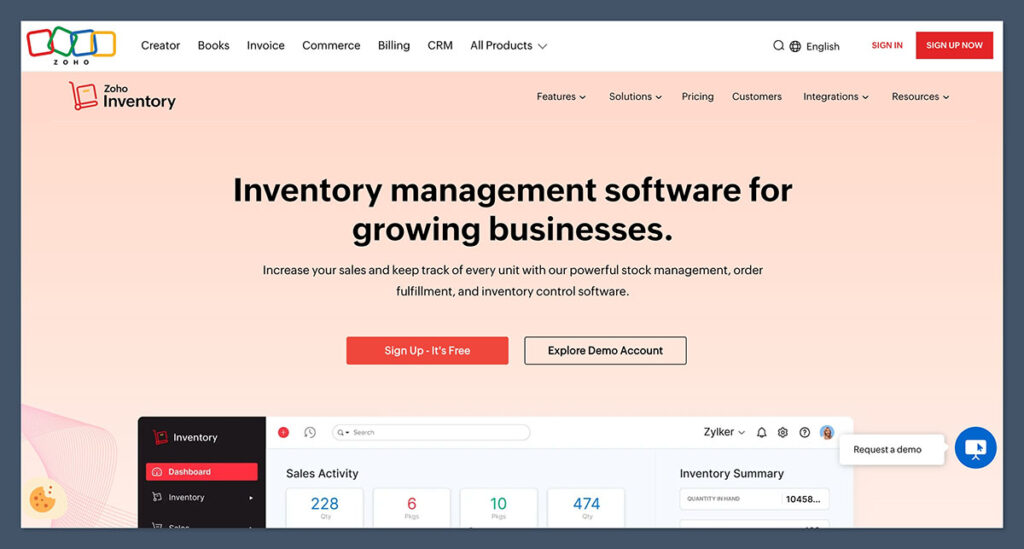
- Free plan includes up to 50 orders/month
- Paid plans start at $59/month
- Advanced plans up to $239/month
- Great for ecommerce and multi-channel retail
Zoho’s user interface is clean and well-designed, and it integrates with platforms like Shopify, Amazon, and Etsy.
It’s ideal for businesses that want a low-cost entry point without sacrificing essential automation.
Lightspeed Retail (formerly Vend)
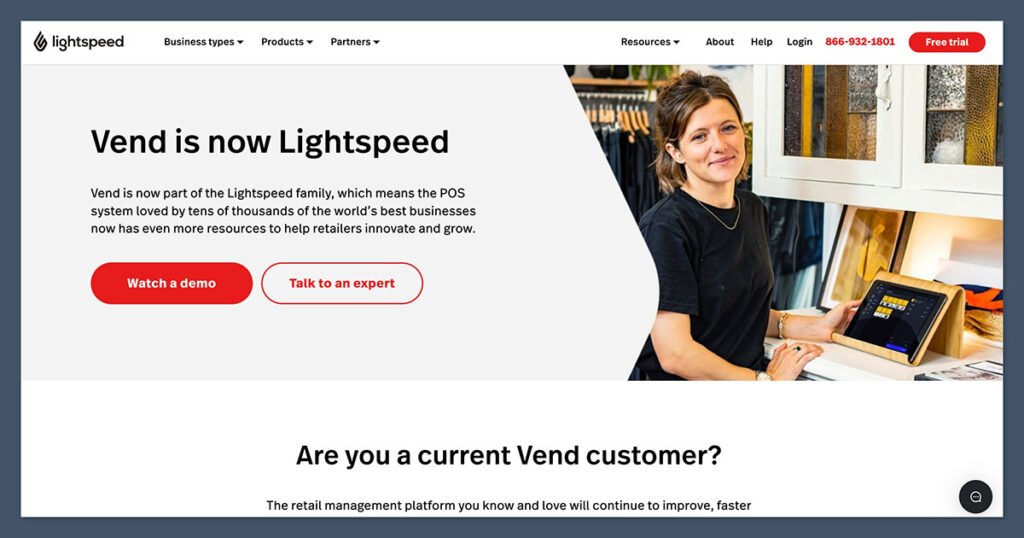
- Base price starts at $89/month per register
- Offers POS + inventory in one system
- Advanced analytics, purchase orders, and supplier management
What sets Lightspeed apart is the way it combines in-store POS with back-end inventory in one place.
It’s particularly strong for fashion and specialty retail, thanks to its matrix inventory support (size, color, etc.).
Square for Retail
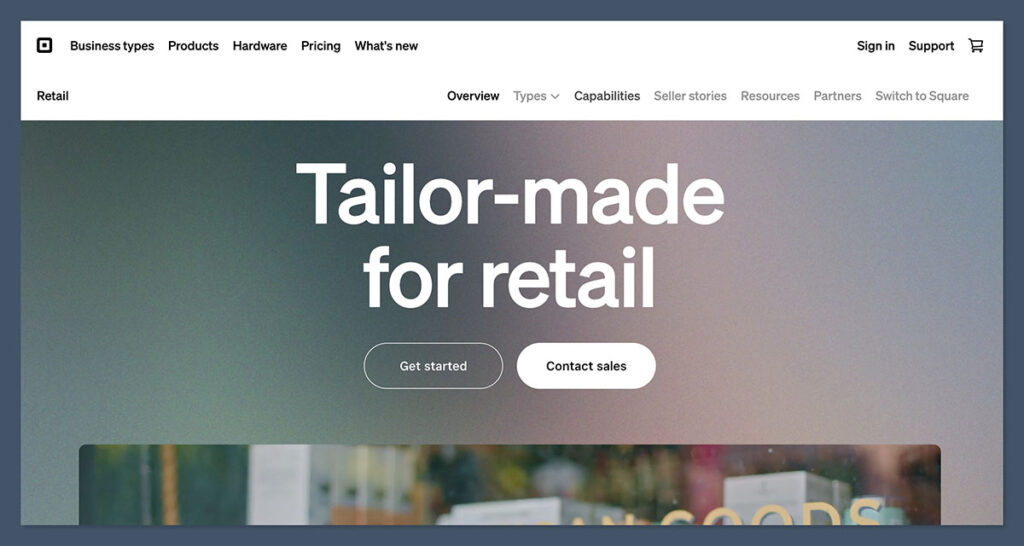
- Free basic plan
- Plus plan at $60/month per location
- Premium starts at $299/month
- Excellent POS and simple inventory combo for small retailers
Square’s ecosystem is perfect for businesses already using its POS or payment tools. The free plan is solid, and the Plus plan adds helpful tools like vendor management and barcode scanning at a very reasonable price point.
Cin7 Core (formerly DEAR Systems)
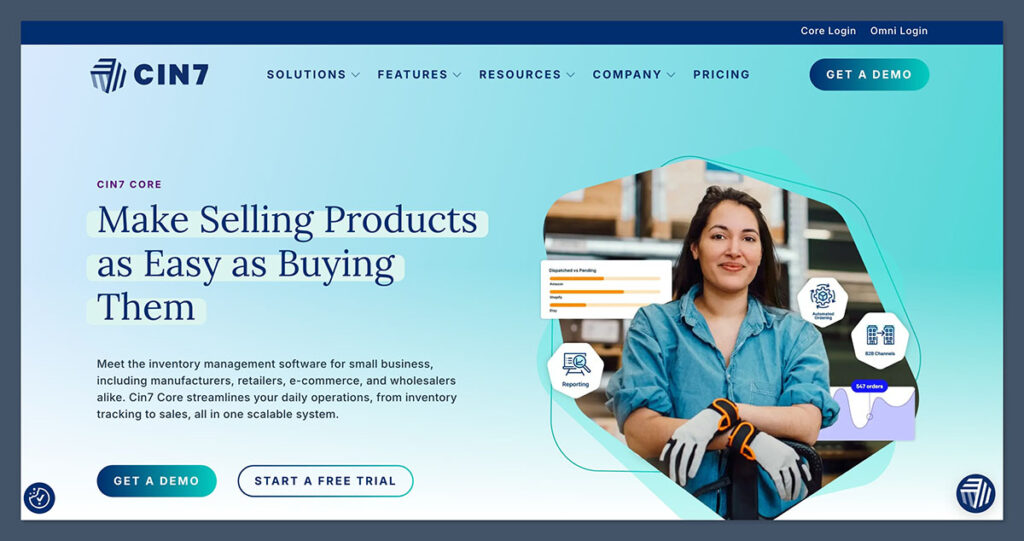
- Starts around $325/month
- Robust inventory, manufacturing, and wholesale features
- Good for mid-size to large operations
Cin7 Core is built for complexity—BOMs, supplier management, and production workflows are all included.
It's best suited for businesses needing a hybrid between ERP and inventory tracking without going full Oracle or SAP.
QuickBooks Commerce (formerly TradeGecko)
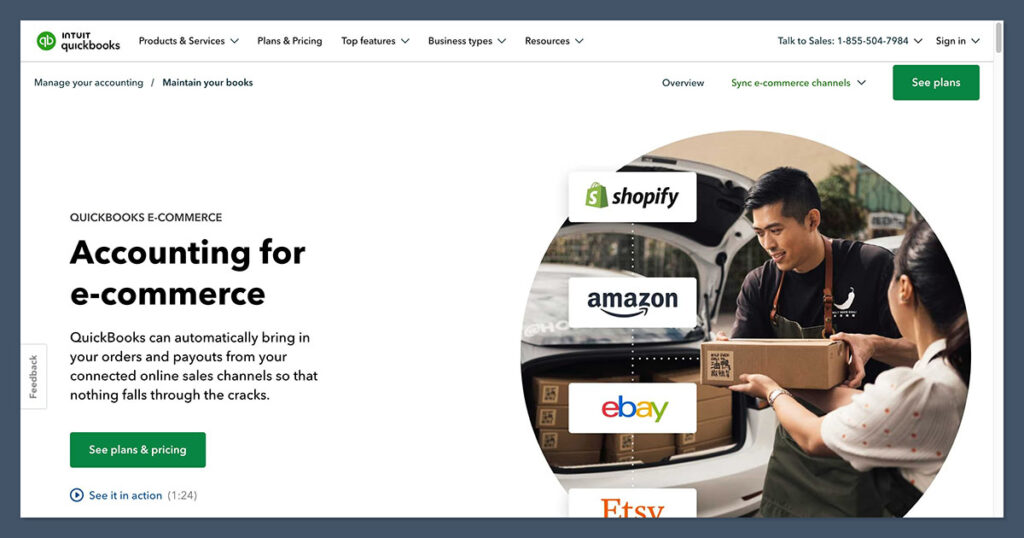
- Pricing starts around $39/month for base
- Advanced plans go well above $100/month
- Built for ecommerce and wholesale inventory workflows
QuickBooks Commerce is ideal for those already using QuickBooks for accounting. The integration is smooth, and the focus on B2B sales tools (price lists, customer tiers) gives it an edge in wholesale.
Hidden Costs You Might Miss
I’ve learned that pricing pages don’t always tell the full story. Here are the hidden or additional costs many retailers run into.
Setup Fees
- Some platforms charge a one-time fee for onboarding and data import
- Can range from $150 to $1,500, depending on complexity
While some companies waive these fees to win your business, others require you to go through paid onboarding to unlock certain features.
Make sure you ask upfront what’s included in “setup support.”
Staff Training
- Time to train your team = lost productivity
- Some vendors offer paid training sessions or webinars
Training is often overlooked but critical. Even the most feature-rich software will fail if your team isn’t confident using it.
Don’t underestimate how long it can take to get everyone comfortable.
Integration Costs
- Connecting your POS, ecommerce site, accounting software often requires extra tools or developers
- Costs can add up quickly if the platforms don’t natively support each other
Third-party connectors like Zapier or custom-built integrations can solve this, but they also introduce ongoing costs and maintenance headaches. Some vendors offer “native integrations” only on higher-tier plans.
Data Migration
- Moving old inventory data is tedious
- Many services charge for manual imports or offer limited CSV support unless you’re on a higher tier
If you're switching from another system, ask about import support. What sounds simple—like uploading a CSV—can quickly turn into hours of formatting and data cleanup.
When Free Tools Aren’t Worth the Savings
Free inventory tools sound good, especially when you’re just getting started. But I’ve learned they can become costly as you grow.
What You’re Usually Missing with Free Plans:
- Limited SKUs (often under 100)
- Basic or no reporting
- No automation or integrations
- No barcode or mobile access
- No multi-user or team management
Free plans are really just there to get your foot in the door.
They're useful for testing the interface or starting up, but they often block the very tools that make inventory software worth having in the first place.
When to Upgrade:
- You’re manually updating spreadsheets daily
- You’re selling across more than one channel
- You’re starting to miss reorders or run into overselling
Once you're tracking multiple suppliers or syncing orders from different sales channels, free plans tend to fall apart. Upgrading isn't a nice-to-have at that point—it’s essential for staying operational.
Real-World Examples and Case Studies
I always trust actual user results more than feature lists. These case studies show what real businesses are spending—and saving—with the right system.
- Retail chain using Cin7 cut order errors by 75% and saved over $12,000/year in staff time
- Ecommerce brand on Zoho Inventory reduced out-of-stock issues by 60% and increased monthly sales by 18%
- Multi-location fashion retailer on Lightspeed saw a 22% year-over-year growth by syncing inventory across locations in real time
- Square for Retail helped a small brick-and-mortar store scale online, with no extra inventory staff needed, saving about $800/month in labor
Many of these businesses didn’t start with the “perfect” platform. They switched after hitting limits with cheaper tools or manual processes.
These real-world shifts show that cost-effective inventory management isn't just about price—it's about long-term fit.
What’s the Right Budget Range?
Here’s a quick cheat sheet based on where your business is now.
| Business Type | Budget Range (Monthly) | Notes |
|---|---|---|
| Solo retailer or hobby business | $0–$50 | Free tools or low-tier plans |
| Growing single-location store | $50–$150 | Inventory + POS combo tools |
| Multi-location retail | $150–$500 | Requires syncing, multi-user access |
| Ecommerce + POS hybrid | $100–$300 | Integration costs add up |
| Wholesale or high-volume sellers | $300–$1000+ | Enterprise systems, forecasting, automation |
These aren’t hard limits, but they reflect typical software packages used by each business type.
Your actual cost will come down to which tools you prioritize—POS syncing, barcode scanning, analytics, or something else.
If you’re on the edge of a pricing tier, it's worth doing the math.
Sometimes paying an extra $50/month for automated purchasing or integrations can save you hours each week—worth every penny if your team’s stretched thin.
How to Choose the Right Plan
Choosing the best plan comes down to more than just price. You’ve got to match the features to your business needs—without overpaying.
What to Ask Yourself Before Choosing:
- How many products do I carry?
- How many users need access?
- Am I selling in-store, online, or both?
- Do I need purchase orders, multi-warehouse support, or forecasting?
- Will it integrate with my POS, Shopify, or QuickBooks?
Pro Tip:
Start with a free trial. Test the actual workflow. Most of the time, it becomes obvious within a week if the system fits your store or not.
Another good move is to talk to similar retailers. Ask what they’re using and what they’d do differently.
You’ll get better insight from one honest user than five polished demo videos.
Final Thoughts
Inventory management software isn’t just another tool—it’s the core of how well your retail business runs.
The cost? It’s going to depend on how much control, automation, and insight you need.
Paying $200 a month might sound like a lot—until you realize it could save you $1,000 a month in lost sales or wasted time.
Think of it like this: The right system doesn’t cost you—it pays for itself.





Comments 0 Responses